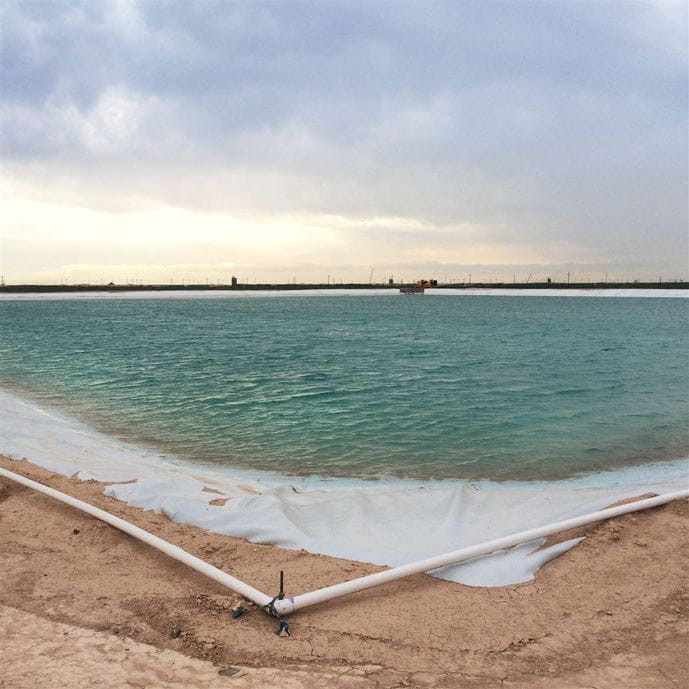Keep Your Project on Track with Clash Detection
Imagine you are installing equipment on a project and you find a major issue that must be fixed. This could be a beam and a pipe trying to occupy the same space, a lack of clearance space around important equipment, or even a conflict between work crews and scheduling sequences. Designs must be reworked, schedule is impacted, and construction is halted until designers and constructors can coordinate to fix the issue. Thousands of dollars and multiple days—or even weeks—later, the issue is fixed. But the impact to project cost and schedule is irreversible.
Though project teams work hard to identify conflicts like these before construction begins, the breadth of information project members must account for is substantial and vulnerable to human error. Clash detection is one of the many downstream uses of a robust 3D or BIM model and a valuable tool for identifying conflicts within the virtual design and construction (VDC) process. Instead of comparing project designs on paper for compatibility, teams can now rely on 3D coordination, or clash detection, to more effectively identify and address potential conflicts to prevent issues.
Understanding the Benefits
Clash detection provides a unique perspective on the various disciplines that contribute to a working 3D project model. The process leverages numerous 3D models and data from varying disciplines, including architectural, structural, civil, process, and electrical to identify and resolve clashes before design is complete or construction begins. Using clash detection software, project members can easily review 3D model conflicts and generate clash reports comparing 3D models of individual project systems throughout the design, construction and startup of a project to identify and address areas of conflict between disciplines. This helps maintain a high level of coordination between disciplines, stimulating important conversations earlier so conflicts can be identified and addressed as early as possible.
3D Coordination in Action
Previously, project teams either identified clashes as they arose throughout construction or compared 2D drawings on paper to their digitalized versions to identify discrepancies. These methods were still vulnerable to human error, often creating costly delays and potentially halting the project schedule until the issue was resolved. With modern methods and technologies like 3D modeling, designers and constructors are no longer limited to comparing multiple 2D models. The BIM modeling process, combined with software capable of clash detection, such as Navisworks, brings 3D coordination like clash detection to life so designers and constructors can identify conflicts much easier and earlier than ever before.
Navisworks provides a collaborative platform to identify and inspect clash sets, categorizing them as:
-
Hard clashes: intersections between materials where two or more elements from different disciplines occupy the same space. Navisworks can identify hard clashes through geometric means, pinpointing clashes like a beam running through a pipe.
-
Soft/Clearance clashes: potential clashes between components that lay within a particular distance of other components, identifying elements of interdisciplinary models that come within close proximity from one another without actually colliding. Identifying these clashes helps pinpoint issues in areas that require working space for access, insulation, or safety.
-
Workflow clashes: occur when there is a scheduling issue between work crews and equipment fabrication, delivery and installation in the project timeline.
These classifications help identify and track the different types of clashes that may occur between design disciplines or subcontractors prior to installation, flagging interferences as they are identified, reviewed, approved and/or resolved. Clash detection is not limited to the design phase—during construction, clash detection continues to play an important role in virtually resolving clashes between all subcontractors, designers, owners and operators before substantial procurement investments are made and installation of equipment has begun.
The Added Value of Clash Detection
One of the most impactful aspects of clash detection is its ability to promote meaningful discussions among the project team on equipment placement, accessibility, maintenance and operations tasks and more. Using clash detection in a robust 3D or BIM model guides teams to have conversations earlier on in the design phase, focus on the right issues and address them quickly by level-setting expectations and providing the same version of the truth to all project members and stakeholders. When you bring together all the different facets of project planning, project members can create more accurate as-built drawings and visualize construction efforts before any equipment even hits the ground. The results are reductions in field conflicts and increased productivity.
With the power to identify, investigate and communicate potential conflicts, project teams can coordinate on a higher level to categorize and track interferences and even prioritize the issues that require immediate attention. The high level of collaboration and organization clash detection engenders reduces the risk of human error during model inspection and minimizes the amount of rework and change orders needed, ultimately minimizing potential impact to project cost, completion date and quality.









